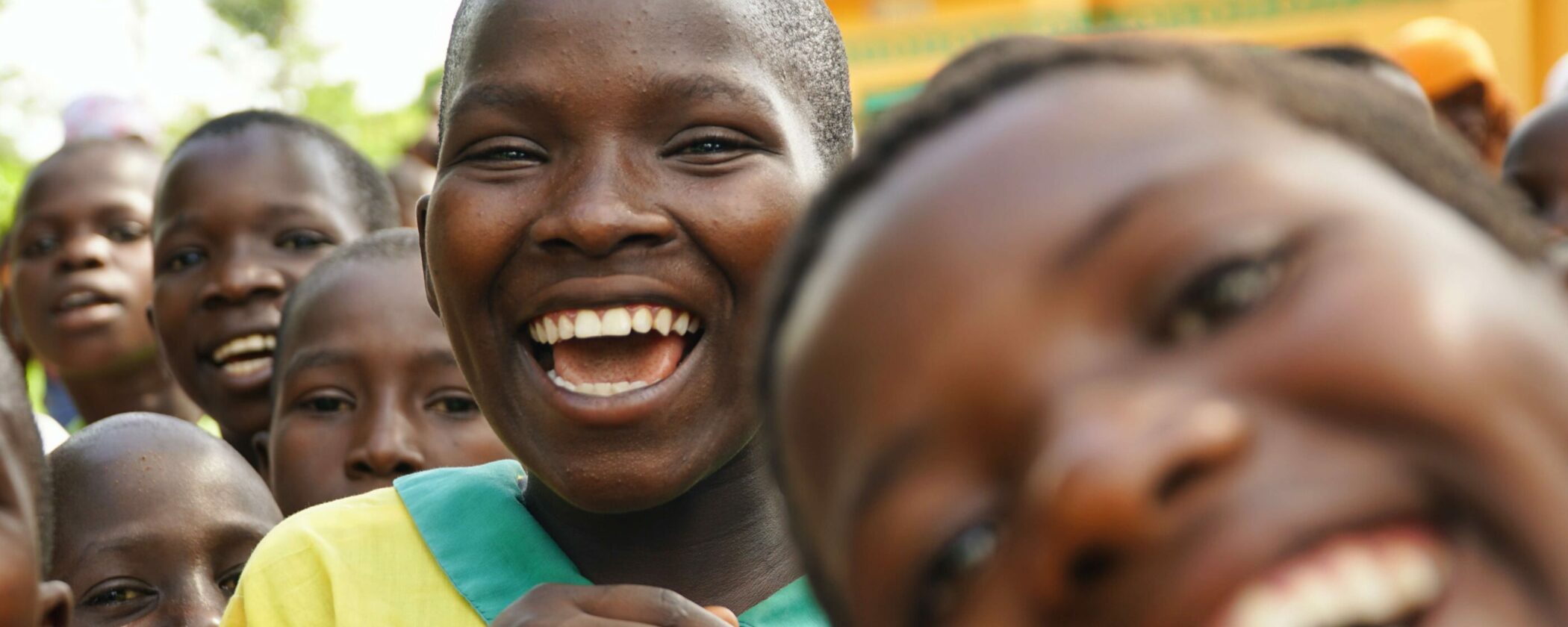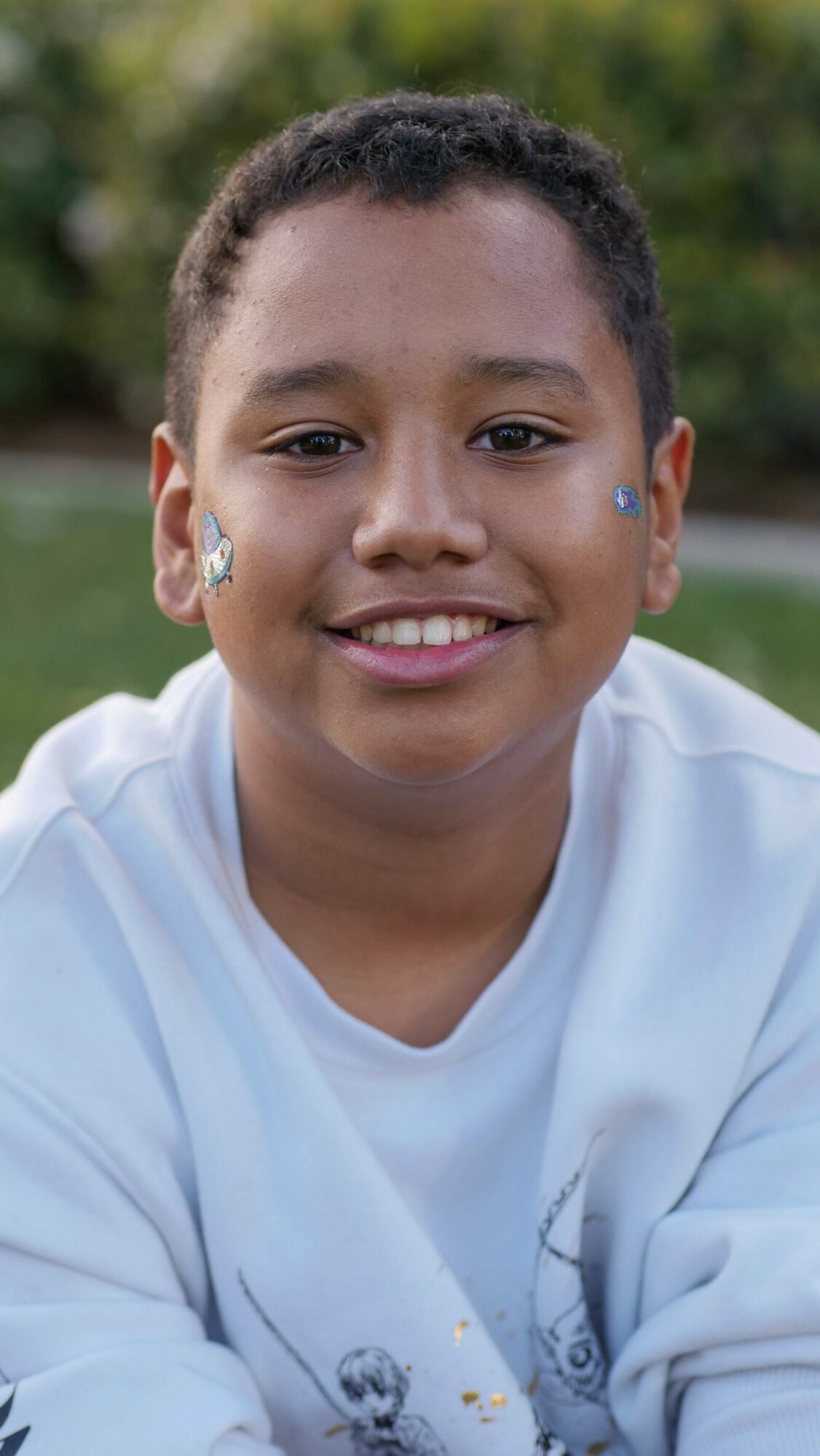The International Child Safeguarding Standards
All children have the right to be safe from abuse, exploitation and neglect.

The Keeping Children Safe International Child Safeguarding Standards help organisations meet the responsibilities set out in the United Nations Convention on the Rights of the Child (UNCRC) to protect children from harm caused by their staff, activities, operations and partners.
The Standards describe the key elements that should be in place to keep children safe from harm and list the requirements for organisations to meet the Standards. There are four standards covering: Policy, People, Procedures and Accountability.
Standards for all organisations
All children have the right to be safe and every organisation has the responsibility to protect children from harm.
This harm could occur through direct contact or online. It could also be the result or an organisation’s activities or programs.
The International Child Safeguarding Standards have been applied in organisations in all sectors, in every region of the world, to build safer organisations for children.
Guiding principles
The Standards are based on the following principles:
- All children have equal rights to protection from harm.
- Everybody has a responsibility to support the protection of children.
- Organisations have a duty of care to children with whom they work, are in contact with, or who are affected by their work and operations.
- If organisations work with partners, they have a responsibility to help partners meet the minimum requirements on protection.
- All actions on child safeguarding are taken in the best interests of the child, which are paramount.
Implementing the Standards
Join hundreds of thousands of child safeguarding champions worldwide by downloading our free tools and resources to help implement the Standards in your organisation.
Or contact our Standards and Learning Team for advice and support.
Policy
The organisation develops a policy that describes how it is committed to preventing and responding appropriately to harm to children.
The policy reflects the rights of children to protection in the United Nations Convention of the Rights of the Child (UNCRC).
- The policy is approved by the organisation’s management body and applies to all the organisation’s staff and associates.
- The policy is publicised in an appropriate manner, promoted and distributed widely, including to children and caregivers.
People
The organisation places clear responsibilities and expectations on its staff and associates and supports them to understand and act in line with these. Key staff are designated at different levels, (including director level), as ‘focal points’ with clearly defined roles and responsibilities.
- Recruitment processes have robust child safeguarding measures in place.
- There are written guidelines for appropriate and inappropriate behaviour of adults towards children and of children towards other children.
- There are guidelines for engaging partners, communities and children on child safeguarding.
Procedures
The organisation creates a child safe environment through implementing child safeguarding procedures that are applied across the organisation.
- Organisations carry out local mapping exercises which provide information on the legal, social welfare and child protection arrangements.
- Child safeguarding risk assessments and mitigation strategies are incorporated into existing risk assessment processes at all levels.
- Child safeguarding measures are integrated with existing processes and systems (strategic planning, budgeting, recruitment, programme, cycle management, performance management, procurement, partner agreements and management systems, and so on).
- A reporting and responding process for incidents and concerns is developed which is locally appropriate.
Accountability
The organisation monitors and reviews its safeguarding measures.
- Implementation of child safeguarding policies and procedures is regularly monitored.
- Progress, performance and lessons learnt are reported to key stakeholders (management forums and external or independent bodies where relevant) and included in organisations’ annual reports.
- Learning from practical case experience informs policy review and changes to child safeguarding measures.
- Policies and practices are reviewed at regular intervals and formally evaluated by an external evaluator/auditor every three years.
Download the Standards and our free child safeguarding resources
Free online self-assessment tool
Find out how near or far your organisation is from meeting the Standards.

